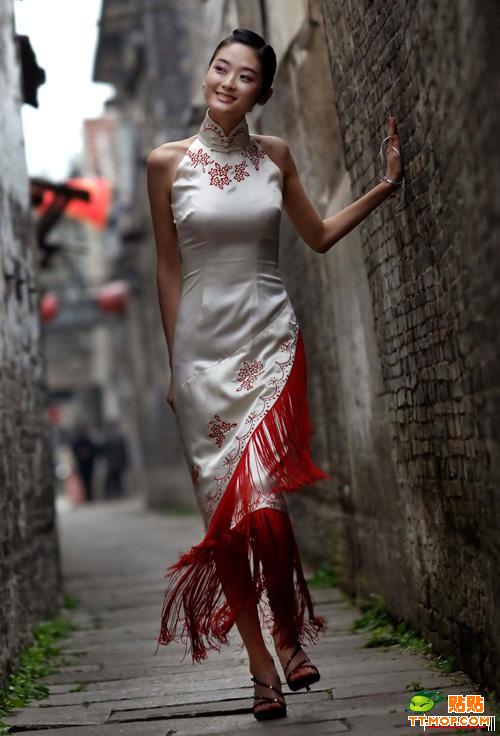If you’re thinking about getting dateinasia sign in married in Japan, you might be interested in learning about the country’s distinctive wedding customs. Some Japanese couples nonetheless prefer to have a traditional ceremony with lovely saris, despite the fact that more and more couples are getting married in the Western style.
The most common traditional wedding ceremony in Japan is held at a Shinto shrine (Sh

The honeymooners and their friends have dinner following the main ceremony. The pair has the chance to express their gratitude to their loved ones and close friends for helping them get married. It’s also a chance for the couple to part ways, with the bride receiving an obi (kimono sash ) and hakama and the groom receiving montsuki or iro-uchikake ( colorful kimoneo ).
Other well-liked presents include reed stems wrapped in mizuhiki, a velvet ribbon tied in an unusual manner to symbolize the union of two families, and origami cranes, an important symbol of survival and happiness for the newlyweds. As is customary, the newlyweds give their guests small eyeglasses of pleasure, a beverage that represents the joy and good fortune of union.
Wedding events normally feature statements and matches in addition to food, beverages, and enjoyment. The bride and groom’s family members and occasionally nearby associates typically deliver the speeches. Additionally, there is frequently a functionality by trained performers or performers.
The cake, which is typically no a bride cake in the European sense, is then cut by the few. The cake’s best layer is commonly made of a particular kind of fraudulent mochi. For the friends to feed, there are frequently a dozen layers of smaller cakes.
The couple may then kiss and exchange jewelry. A bread by the woman’s family and friends concludes the meeting.